INTRODUCTION
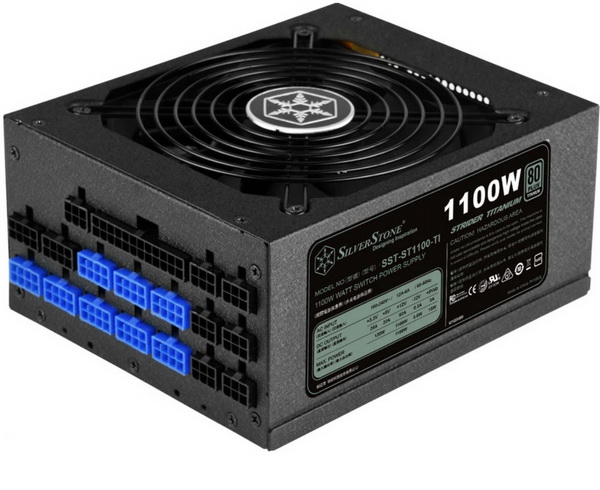
With the launch of the Z690 chipset by Intel and their 12th generation LGA 1700 CPUs (especially the Core i9-12900k) people have begun building new systems and aside looking for new DDR5 kits and graphics cards (for which prices have gone further up) they are also looking for power supply units. In 2020 and 2021 some of you came forward asking for reviews of relatively "older" PSU models (to which i didn't have access to) and since i was recently able to get my hands on them i decided to check them out and see if they are worth equipping your brand new systems with. The first of those models is no other than the somewhat massive (although smaller than expected for an 1KW+ unit) Strider Titanium 1100W (ST1100-TI) by SilverStone which has been around for roughly 4 years now (over the years however it seems that SilverStone did upgrade this model).
Founded in 2003, SilverStone is an established leader in its field, with an elite team of engineers; we started our quest of providing products that create inspirations. We have since expanded the lines of products as well as types of products we produce, giving our customers a wide selection of choices. With distribution centers in different areas of the globe, SilverStone products can be seen all over the world, not just for computer users but also for home entertainment use. Providing leisure with integration of advanced technologies that is functional and making them enjoyable to use.
The Strider 1100W PSU (ST1100-TI) is the third highest output model of that line (after the 1500/1300W models) all of which carry the 80 Plus Titanium certification (up to 94% electrical efficiency for the 1100W variant). In terms of available features the Strider 1100W comes ready with a single powerful +12V rail (92A) capable of delivering the units entire output, active PFC, DC to DC topology, LLC Resonant Controller, fully-modular design (future-proof since you can just swap cables if a new plug gets introduced), low profile slim cables, peak power output of roughly 1200W, double-ball bearing 135mm fan and high-quality Japanese manufactured capacitors. Needless to say, the Strider 1100W PSU sports a full array of electrical protections including over-current (OCP), over-voltage (OVP), under-voltage (UVP), short-circuit (SCP), over-temperature (OTP) and over-power (OPP). As for warranty SilverStone covers the entire Strider series with a 5-year limited one.
SPECIFICATIONS AND FEATURES

PACKAGING AND CONTENTS
The Strider Titanium 1100W arrived inside a white box that has a partial product picture at the front right next to the company logo, main features and the 80 Plus Titanium logo.
At the base of the box, we find the specifications, electrical table and available power connectors of the Strider Titanium 1100W.
Turning the box around we find the product features printed in 10 languages and right next to several graphs and drawings.
Typically, the power supply unit is wrapped inside a plastic bag and placed inside two pieces of foam whereas the rest of the bundle is placed in a cardboard box.
Along with the Strider Titanium 1100W its modular power cables and its power cable inside the box you'll also find a fan filter, 4 cable ties, 4 cable straps, 4 mounting screws, 4 mounting thumbscrews, product line specifications paper and the user manual.
THE ST1100-TI EXTERIOR
SilverStone has used low-profile slim cables with their Strider Titanium 1100W.
Measuring 180mm in length, 150mm in width and 86mm in height the Strider Titanium 1100W is a medium sized model.
A large SilverStone logo is placed on the fan grill.
The electrical table is located on the left side of the housing.
SilverStone has also engraved their logo and name on the base of the chassis.
There are 18 modular connectors at the front of the Strider Titanium 1100W, 17 of which feature plastic caps.
At the rear we find the usual honeycomb perforation and the power port (no on/off switch however).
THE ST1100-TI INTERIOR
According to Yate Loon Electronics the 135mm fan used can reach speeds of up to 2800RPM to produce up to 140CFM of airflow with 48.5dBA of noise.
After digging around with OEM codes this unit seems to be manufactured by Enhance Electronics.
Both primary capacitors are by the Japanese Nippon Chemi-Con and are certified for up to 105 degrees Celsius use (560uF each, 1120uF total).
Secondary capacitors are also manufactured by Nippon Chemi-Con and are also rated for use up to 105 degrees Celsius.
TEST BED


TESTING METHODOLOGY
Using a dedicated measurement instrument such as a Chroma or a SunMoon to test power supply units is without doubt the most ideal and accurate way (not to mention the fastest) to do that currently. However, it's certainly not the only way there is and so pretty much anyone can test a power supply unit just by using a test rig. Certainly, limitations do apply and so you can't really push a 1000W power supply to its limits if your system only uses 500W at peak loads and that's why over the years we saved certain hardware components for the purpose of building a dedicated PSU test rig. True it may not be as accurate as the above mentioned solutions but it comes really close and is in fact much closer to real world usage. So as always, we ran several games with maximum graphic options enabled at a resolution of 2560x1600 in order to stress every hardware component and increase the overall power demands of the system. The Passmark BurnIn Test was also used to overstress the components in an effort to provide the most accurate results possible. As a final test we also used the latest OCCT 4.4 software and its dedicated PSU testing suite since it can really bring a power supply to its knees after inside a few minutes.
Rail stability was checked/measured with the CPUID Hardware monitor and a Metex multimeter which also recorded the system load in idle and in load. As always try to remember that the power consumption numbers listed in the graph are the highest (Peak) ones recorded during the entire duration of the tests and not the average ones. Noise levels coming from the fan were recorded using the high precision HD600 ExTech Sound dBA Meter from the rear of the unit and at a range of no more than 5-10cm. Readings under load are recorded the exact moment we manually switch the fans of all graphics cards from full speed to almost zero, that way the fan of the power supply does not have enough time to slow its RPM and so by doing this we get very accurate noise level readings. Needless to say, in order to get 100% accurate readings, you need to have a noise isolated room for that exact purpose, something which is quite impossible unless you are working inside a real lab (some people use very small noise insulated boxes but due to their size both heat and noise exceed normal levels and so the results can't really be considered to be 100% accurate, nor realistic for that matter). Also do take into account that since all noise measurements take place from just 5-10cm away the final noise levels to reach your ears will be considerably less.
* After well over 10 years of testing PSUs the Intel Core i7-920 CPU of this rig failed and so we replaced it with a Xeon X5660 (we also swapped the GA-X58A-UD7 for the G1. Assassin).
TEST RESULTS



CONCLUSION
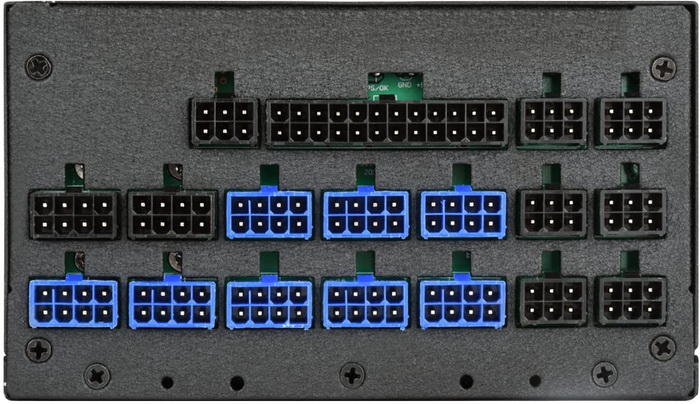
Even though the Strider Titanium 1100W model (ST1100-TI) was initially released back in 2017 SilverStone has made some tweaks to its board (v2.0 seems to be the 3rd release/update) most noticeably now using two larger capacity capacitors thus allowing longer hold-up times (560/1120uF for this model compared to the 470/940uF of the original). Rail stability was very good during my tests with the test rig squeezing as much as 1042W from the Strider Titanium 1100W during heavy stress testing. Unfortunately, the 135mm Yate Loon fan used gets very noisy at such loads, this of course may not be a huge issue if you also have a somewhat noisy graphics card (6800XT/6900XT/RTX3080 Ti/RTX3090) but still it gets very noisy. The large number of available modular connectors means you can have less clutter in your case compared to other PSUs whereas the lack of a rear on/off switch is something i didn’t expect to see from a high-end model.
The Strider Titanium 1100W (v2.0) power supply unit by SilverStone currently retails for USD384.95 inside the USA (Amazon.com) and for 320.11Euros inside the EU (Amazon.de) a price tag which is slightly higher compared to what you get from similar models by the competition. Noise levels are also regrettably high yes but other than that i really don’t have any issues with the Strider Titanium 1100W (V2.0), performance is almost excellent, power output should be more than enough for most people, the 80 Plus Titanium certification all but guarantees the best electrical efficiency and as for available connectors well nothing i could had asked for more which is why it clearly deserves the Golden Award.

PROS
- Very Good Build Quality
- Solid Rail Stability
- 80 Plus Titanium Certified
- Single +12V Rail (92A)
- Available Modular Ports / Power Cables
- Electrical Protections (OCP/OVP/SSP/OPP/UVP/OTP)
- 5 Year Limited Warranty
CONS
- Price (For Some)
- Noise Levels
- No On / Off Power Switch

 O-Sense
O-Sense





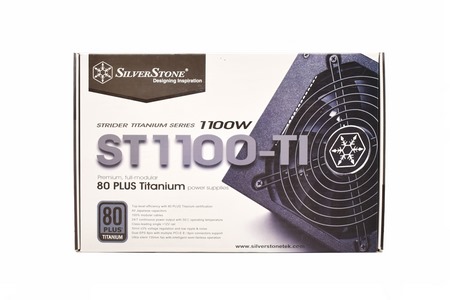


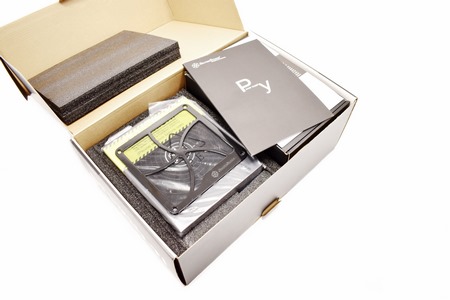


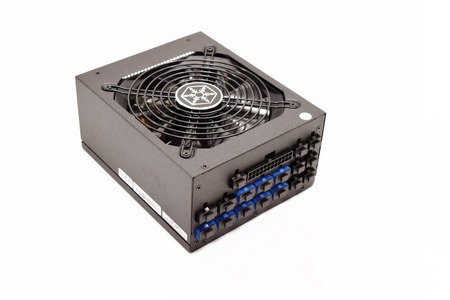

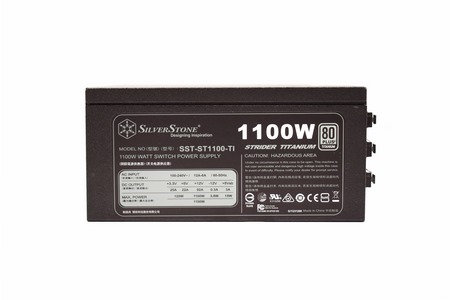




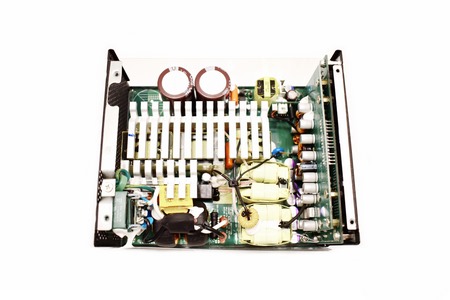

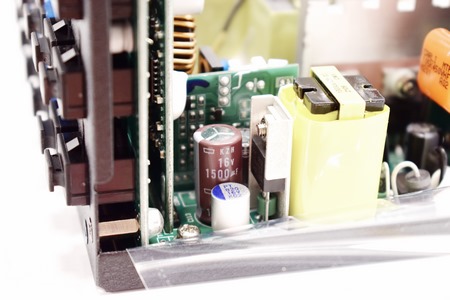


.png)

